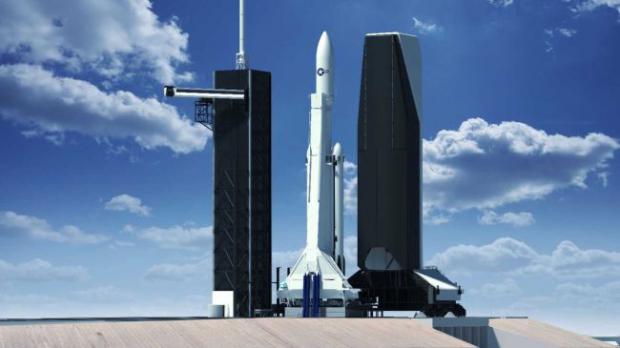
Breaking News
 US Oil Blockade of Venezuela Pushes Cuba Into Economic Collapse
US Oil Blockade of Venezuela Pushes Cuba Into Economic Collapse
 Gold and Silver Surge to New Record Highs, What's Going On?
Gold and Silver Surge to New Record Highs, What's Going On?
 Silver And Copper Are Both Flashing The Same Signal -- And That Is Setting The Stage...
Silver And Copper Are Both Flashing The Same Signal -- And That Is Setting The Stage...
 I Spoke At Turning Point USA - FULL SPEECH
I Spoke At Turning Point USA - FULL SPEECH
Top Tech News
 Perfect Aircrete, Kitchen Ingredients.
Perfect Aircrete, Kitchen Ingredients.
 Futuristic pixel-raising display lets you feel what's onscreen
Futuristic pixel-raising display lets you feel what's onscreen
 Cutting-Edge Facility Generates Pure Water and Hydrogen Fuel from Seawater for Mere Pennies
Cutting-Edge Facility Generates Pure Water and Hydrogen Fuel from Seawater for Mere Pennies
 This tiny dev board is packed with features for ambitious makers
This tiny dev board is packed with features for ambitious makers
 Scientists Discover Gel to Regrow Tooth Enamel
Scientists Discover Gel to Regrow Tooth Enamel
 Vitamin C and Dandelion Root Killing Cancer Cells -- as Former CDC Director Calls for COVID-19...
Vitamin C and Dandelion Root Killing Cancer Cells -- as Former CDC Director Calls for COVID-19...
 Galactic Brain: US firm plans space-based data centers, power grid to challenge China
Galactic Brain: US firm plans space-based data centers, power grid to challenge China
 A microbial cleanup for glyphosate just earned a patent. Here's why that matters
A microbial cleanup for glyphosate just earned a patent. Here's why that matters
 Japan Breaks Internet Speed Record with 5 Million Times Faster Data Transfer
Japan Breaks Internet Speed Record with 5 Million Times Faster Data Transfer
SpaceX aims to launch 70 missions a year from Florida's Space Coast by 2023

SpaceX is planning a huge boost to the number of rocket launches from its Florida launch sites in the next few years as the company builds its Starlink satellite megaconstellation while meeting flight demands from its customers, according to a federal environmental report.
The missions for SpaceX's Falcon 9 and Falcon Heavy rockets will also have more options than in the past, according to the report, which was first reported by SpaceNews. One change will be a new mobile service tower allowing some missions to be assembled vertically, rather than horizontally. Another will be the capability to launch to polar orbits — quite the feat, since Florida is located close to the equator and better optimized for missions that operate close to the equator. SpaceX also plans to test recovering payload fairings as the company pushes for greater mission reusability.
By 2023, the company wants to launch 70 missions a year from its two Florida launch sites at the Kennedy Space Center and nearby Cape Canaveral Air Force Station, using Falcon 9 and Falcon Heavy rockets. This rate is a seven-fold increase from the 11 missions SpaceX put into orbit in 2019, and almost double the 38 planned launches in 2020. That information comes from a draft environmental assessment published Thursday (Feb. 27) by the Federal Aviation Administration's Office of Commercial Space Transportation.

 Advanced Propulsion Resources Part 1 of 2
Advanced Propulsion Resources Part 1 of 2

